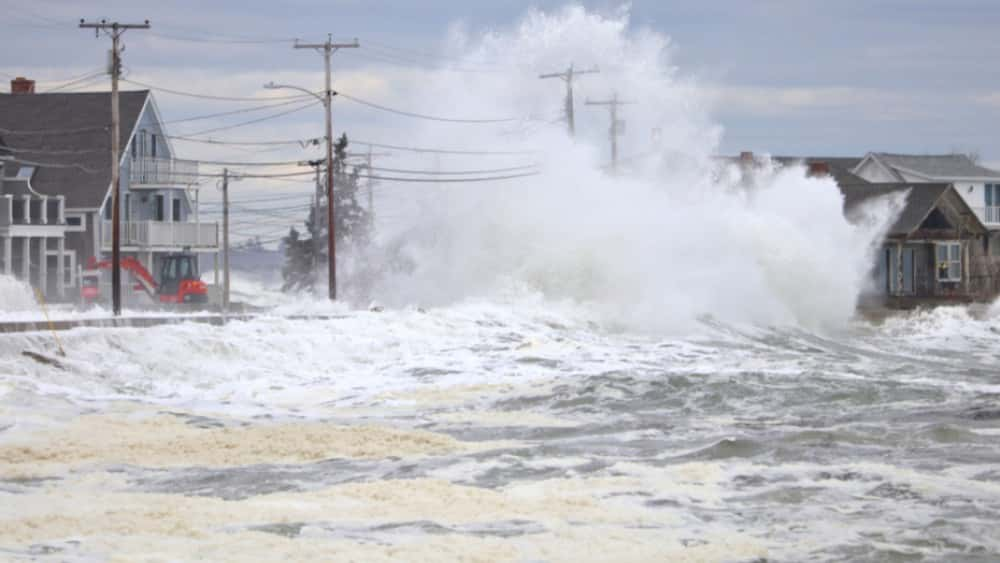
This highly asymmetric structure is a result of Nicholas not being able to fully develop before making landfall coupled with the fact that the eastern side of Nicholas’ counterclockwise circulation was located over the warm waters of the Gulf while the western side was drawing down dry air over land. GPM shows that there is almost no rain west of the center. GPM also shows an intense rainband (shown in magenta and red) extending southward from the coast for several hundred km well east of the center. These rain areas are all located northeast of the center. As Nicholas nears the coast, heavy to moderate rain (red and orange areas, respectively) begins to push inland over southeast Texas and southern Louisiana.Īt the time of the overpass, rainfall rates derived from the GPM Microwave Imager (GMI) and Dual-frequency Precipitation Radar (DPR) show heavy rains (in red) extending from southeast Texas eastward across most of southern Louisiana. IMERG shows heavy rain (red areas) remaining mostly out over the Gulf on the eastern side of Nicholas as the storm is moving northward toward the Texas coast. This animation shows rainfall estimates from NASA's IMERG multi-satellite precipitation product and NOAA GOES-E satellite cloud data in association with the passage of Nicholas prior to the time of the GPM overpass followed by a detailed look into the 3D structure and intensity of precipitation within Nicholas using data from the GPM overpass. Several hours later at 11:11 UTC (6:11 am CDT), when the center was located just southwest of Houston, TX, the NASA / JAXA GPM Core Observatory satellite flew over Nicholas. Nicholas made landfall shortly thereafter at 12:30 am CDT on the 14th on the Matagorda Peninsula near Sargent Beach, TX. However, Nicholas continued to be affected by windshear throughout the day as the storm continued northward just off the Texas coast the net result was slow strengthening until finally at 10 pm CDT on the evening of the 13th, just before making landfall, NHC reported that Nicholas had become a minimal Category 1 hurricane with sustained winds of 75 mph. After reforming its center, Nicholas finally started to tap into the warm waters of the Gulf and began to strengthen on the morning of 13th as it approached the Texas-Mexico border. In fact, late that same evening on the 12th, the center actually re-formed well to the north-northeast of the previous center, causing the track to jump forward. The result was that Nicholas struggled to organize and form a coherent center due to the effects of southwesterly wind shear as it tracked northward towards the Texas coast. Nicholas was affected by several competing factors: the warm waters of the Gulf of Mexico, nearby land, dry air, and windshear.

On the morning of Sunday September 12th, the National Hurricane Center (NHC) found that this area of storms had developed a closed circulation with sustained winds of 40 mph and so designated it as Tropical Storm Nicholas.

Nicholas formed after a tropical wave passed over the Yucatan Peninsula and into the Bay of Campeche, providing a focus for shower and thunderstorm development. Although it only reached hurricane status for a brief period, Hurricane Nicholas made an impact on the northern Gulf Coast by bringing heavy rains to an area still recovering from the devastating effects of powerful Hurricane Ida, which made landfall in Louisiana just over 2 weeks earlier.


 0 kommentar(er)
0 kommentar(er)
